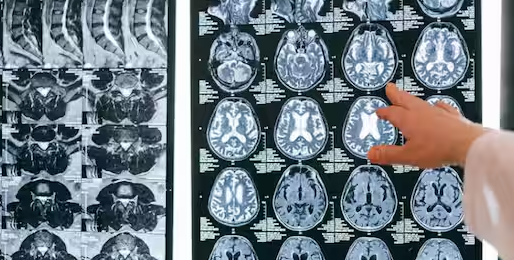Statins and Cholesterol Control: How do doctors assess the effectiveness of statin drugs?
- bySherya
- 19 Sep, 2025

Statins Relative Risk Reduction: Statin medications are prescribed to reduce the risk of heart disease and heart attack. However, their benefits vary from person to person. Let us explain them.

Statins Absolute Risk Reduction: Often, when a person's cholesterol level reaches "borderline," doctors recommend statin medication. But when many people look deeper, they think that statins can reduce the risk of heart attack or death by up to 50 percent, whereas the reality is quite different. Let's understand.
What are Absolute Risk and Relative Risk?
Relative Risk Reduction (RRR) means how much risk in the relationship is reduced by taking the medicine.
Absolute Risk Reduction (ARR) means how much your actual risk has been reduced.
This means that statins don't have the same effect on everyone at the same percentage. It depends on your risk of developing the underlying disease.
What factors determine the risk of heart disease?
Doctors calculate your risk based on several factors :
- Age
- gender
- blood pressure
- Cholesterol levels (total and HDL)
- smoking habit
- family history
other diseases
If someone already has heart disease, the benefits of statins are greater and the calculations are less necessary. However, for those without heart disease, doctors calculate each risk factor.
Understand with an example
First case
75-year-old male, cholesterol 220 mg/dL, HDL 45 mg/dL, and blood pressure 140/80 mmHg.
Calculator's risk of heart disease over the next 10 years = 19.4 percent.
If he takes statins, his risk will decrease by approximately 20 percent.
This means his risk will now be 15.5 percent, meaning his absolute risk reduction is 3.9 percent.
Second case
50-year-old woman, all other data remains the same.
The calculator shows risk over the next 10 years = 3.6 percent
Taking statins will reduce this by 20 percent, i.e., new risk = 2.88 percent
Absolute Risk Reduction = only 0.72 percent
What is Number Needed to Treat (NNT)?
Doctors and scientists use another metric called NNT (Number Needed to Treat).
This measures how many patients need to be given a drug to prevent one event (heart attack or death) over 10 years.
In the first case above, approximately 26 men would need to be given statins for 10 years to prevent one heart attack.
In the second case, approximately 139 women would have to be given the medicine to prevent one case.
Is taking statins beneficial?
It completely depends on what your actual risk appetite is.
If your risk is high, then the absolute risk reduction will also be high and the profit will seem big.
If the risk is low, the effect of the drug will also seem small.
The cost of statin drugs ($5–10 per month) is low, and serious side effects are rare. However, whether or not to take them depends entirely on the individual's judgment and doctor's advice. Statin drugs help reduce the risk of heart disease, but their actual effect varies from person to person. This is why doctors calculate absolute risk and relative risk to determine who needs them and who doesn't.





